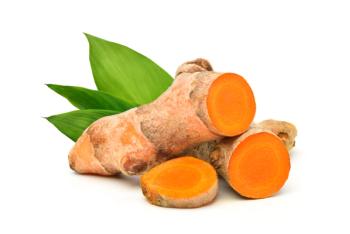
- The Column-08-06-2010
- Volume 6
- Issue 14
Chromatographic Characterization of Biologics
Characterizing biologics through chromatographic analysis.
Protein biologics now represent a significant share of pharmaceutical sales and future growth potential, particularly in an era of increasing patent expirations and generic versions of small-molecule drugs. Their specificity has been their key to success, as their cell-specific modality and relative lack of compound-specific toxicity have provided safer and more effective means to treat several chronic diseases. Sufferers of rheumatoid arthritis and other autoimmune diseases, cancer and diabetes have been among the benefactors of the protein biologics developed to date. The most common class of proteins used as pharmaceuticals has been monoclonal antibodies (mAbs), representing over 30% of the global biologic drug market, according to a recent market report, and there are more than 20 FDA approved mAb drugs already on the market.
Articles in this issue
over 15 years ago
Brainy solutionover 15 years ago
Hair extensionsover 15 years ago
The Desty Memorial Lectureover 15 years ago
Oil spill responseover 15 years ago
Market Profile: Continuous Flow Analysis and Discrete AnalysersNewsletter
Join the global community of analytical scientists who trust LCGC for insights on the latest techniques, trends, and expert solutions in chromatography.




